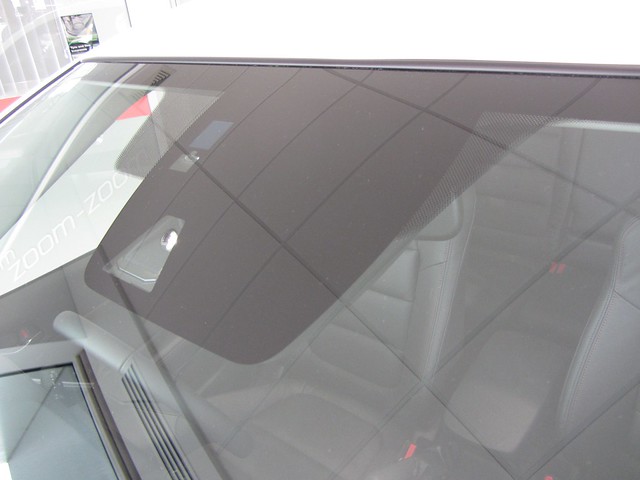Taxes as a percentage sound good but when the price of gas moves from $2.00 per gallon to $4.00 per gallon and then back to $2.00 per gallon in less then a two year period it makes for huge budget problems. As you probably know, once you give a politician a whole bunch of money(% tax on $4.00) and then cut it in half a year later, it makes them MAD. Gas usage is more predictable on the grand scale but as it is being reduced by CAFE standards and subsuquent better efficiency it has affected tax revenues and they are looking at some way to replenish their coffers. It will probably just be a higher tax per gallon. Maybe the price of gas doesn't flucuate as much in other parts of the world and a tax as a percentage works better, I really don't know how the taxing of gasoline works in other parts of the world. I just know it's a lot.(whistle)
BTW, in your statements, don't you mean HIGH mpg versus what you said?
Yes.... I did intend my statement to read high mpg (i.e. better economy). Not used to using mpg, and trying to use US terminology. Our scale is reverse because it's L/100km, so "high" when used with "fuel economy" means poor fuel economy. So it's easy to get high and low miss matched.
CAFE was introduced in 1975 after the 1973 oil crisis. It was a great idea in principle. But it still hasn't done enough to encourage reductions.
Despite CAFE, the US has the worst fuel economy on average of any first world nation.
The following study has a small sample of those nations (including a terribly performing Australia - that outperforms the US, excluding a very progressive California), but the point is clear:
http://www.pewclimate.org/docUploads/Fuel Economy and GHG Standards_010605_110719.pdf
Compare the US to the EU and you'll note that the EU is not only better, but significantly better
Using the example on the graph in the pdf and some very rough figures purely for illustration:
Consider a 100 mile drive.....
Example A: Average American driver
- Average of 25mpg
- Price $4/gallon (purely an easy example to calculate)
- Tax = roughly 12.5%
- Cost per 100 miles to consumer: $16
- Government tax earned: about $3
Example B: Average European driver
- Average of 53mpg
- Price $8/gallon (once again easy example)
- Cost per 100 miles to consumer: $15
- Government tax earned: about $9
So taking averages, and even overestimating fuel price in US....
Average European pay less per mile.
European government earn 3X the tax per mile.
And because of extremely low emission controls, there is less emissions and pollutants per mile.
That 3x tax shows as it's redirected into roads.
I've driven in many parts of Asia, Europe, US/Canada/Mexico and Australia. It's very clear which countries redirect funds into roads, and which don't.
(In my opinion, the US, Canada and Australia have terrible road conditions in comparison to the rest of the first world countries. Canada and Australia less so than the US, but we also have significantly smaller economies having to look after massive road networks). Not about to compare Mexico though.... they have potholes that can swallow small cars

Regarding prices and CAFE benchmarks....
CAFE hasn't really been updated that much. There was a gradual reduction of mpg required post oil crisis, but the CAFE standard hasn't kept up with the massive improvements the car industry has made. In fact, CAFE standards are barely a headache for car manufacturers in comparison to what may have seemed like impossible standards when viewed back in the late 70's.
The price of fuel did decrease after the oil crisis. But after settling in the early to mid 80's, fuel prices have never seen a massive decrease.
Taxing at a percentage still would have earned the US government more than it is currently receiving.

